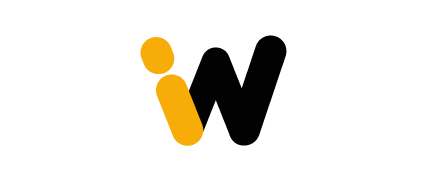Origami Computer Uses Folded Paper for Calculations
Explore the revolutionary origami computer, which utilizes the ancient art of paper folding to perform complex computations.
Researchers have created an origami computer, fusing ancient art with cutting-edge technology to make calculations from folded paper. Although this is an unusual route toward standardizing the technique of computation, it eloquently gives the power to origami in new applications and discovers low-cost flexible computing on a pathway to sustainable computing.
Conceptualizing the Origami Computer
How Does It Work?
Origami computer employs principles for folding paper and functionally works out a computing device. Now, let’s go step by step through the procedure of how this unique system works:
- Origami Design: This computer has been constructed using an origami technique. Specific folds and creases in the paper correspond to different logical operations and data storage.
- Conductive Ink: Special conductive ink is used to print the paper, thereby facilitating circuits that carry electrical signals along the pathways. Electrical signals are triggered every time the paper is folded at lines predetermined by the developer.
- Paper Actuation: Whenever the user folds and unfolds paper, it changes electrical paths; thus, based on this type of actuation, a computer can compute.
- Output Mechanism: Results from the calculators are indicated using simple visual indicators, or even linked to external devices where more complex output is required.
Advantages of Origami Computing
1. Cost-Effective
The most significant advantage of the origami computer is its low cost. Paper and conductive ink are inexpensive, truly opening a new dimension for applications, especially schools and resource-constrained environments.
2. Flexibility and Portability
This flexibility of the paper allows easy folding and carrying of the origami computer, making it pretty mobile. This feature is especially useful in mobile applications and needs on-the-go computing.
3. Sustainability
Using paper as the primary material for computation is an eco-friendly alternative to conventionally used electronic devices. That would reduce consumption of rare earth metals and other non-renewable materials, thus advocating for sustainability and development of eco-friendly technology.

Potential Applications
1. Education
The educational potential of the origami computer can be high. It opens hands-on, functional learning among students in computing principles, electronics, and origami. Thereby, such an innovative tool will make learning both more engaging and easily accessible.
2. Low-Resource Environments
Moreover, the origami computer provides a feasible, agreeable choice in areas with a poor computing infrastructure. In addition, it is cheap and reproducible enough to be distributed in developing areas of the world, bringing some rudimentary computational capabilities to locations most in need of them.
3. Art and Design
Again, the art and the science were connected through this technology. Origami computers can be used in functional interactive installations by artists or designers where aesthetic beauty is combined with practical computing power.
Professional Insights
Educational Impact: End
John Lee, an educator in STEM, showed interest in this educational potential: “This technology can change how we teach computational thinking and electronics. With tangible and manipulable features of the origami computer, complex concepts in the subject matter become something more accessible and understandable for students.”
Prospect for the Future
Currently Under Research
Researchers are continuing to work on refining the origami computer as a means of increasing its computational power and versatility. This could be путем integration of more complex circuits and a much more expansive range of logical operations in the future.
Commercialization and Deployment
We can soon expect to see commercial versions of the origami computer once the technology matures. Such devices could be placed in educational kits and be used for portable computing applications and artistic installations, amongst a host of other domains, thereby increasing its reach and impact through the use of this new technology.
Conclusion
The origami computer just brings about a breakthrough junction in merging art with technology and proves that simple materials can be used to provide tasks as complex as those of computing. Cost-effectiveness, portability, and sustainability make it very prospective for use in education, low-resource environments, and creative applications. Once the research is pushed to higher levels, this may have the potential to change the whole approach toward computing technology.
Stay turned as we bring for you more in technological advancement and creative innovation!
— Dr. Emily Watson

The origami computer is simply an exemplar of
interdisciplinary innovation at its finest. Merging
an ancient art like the folding of paper with
modern computational techniques can
speed us through the new frontiers
in low-cost and sustainable
computing.




